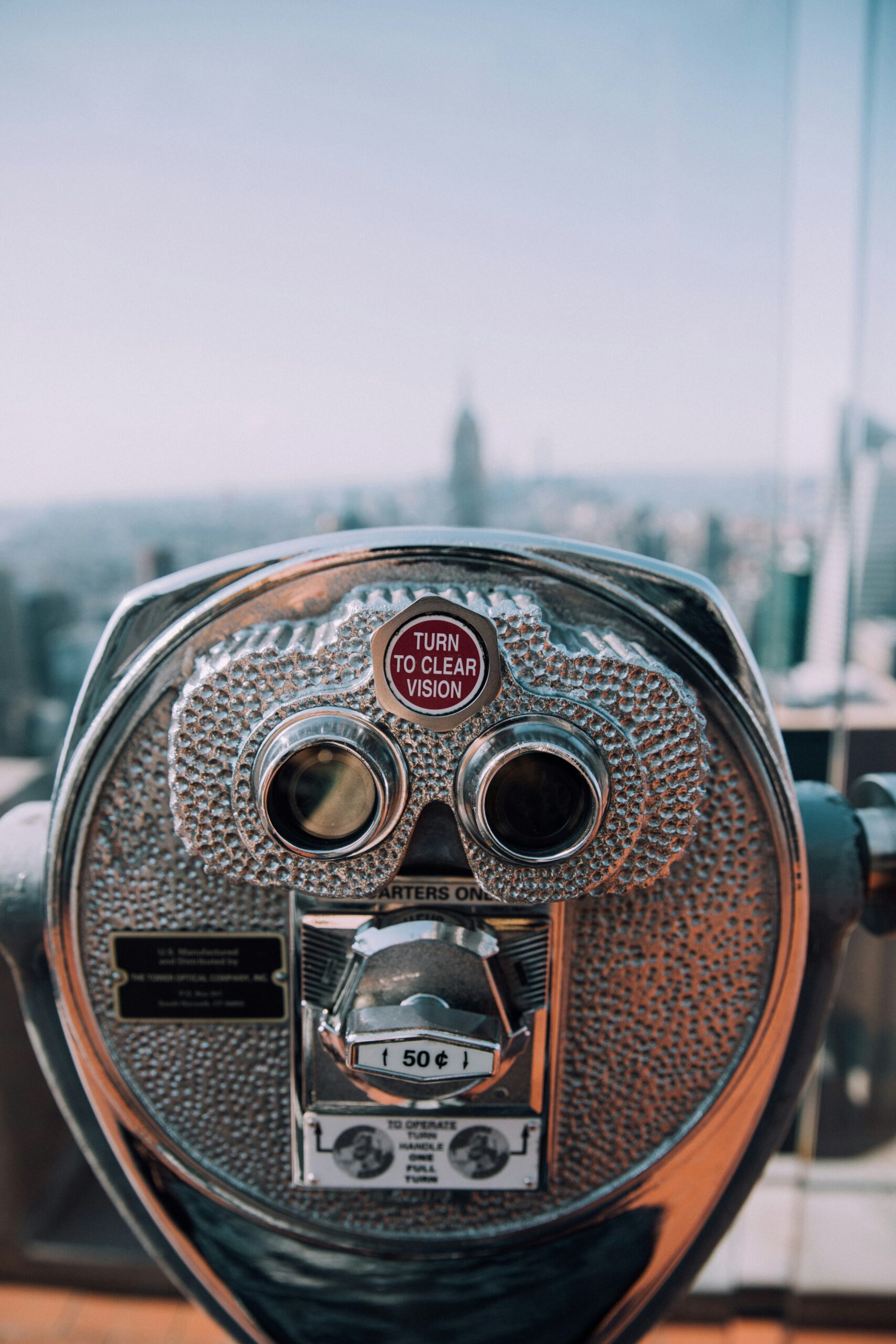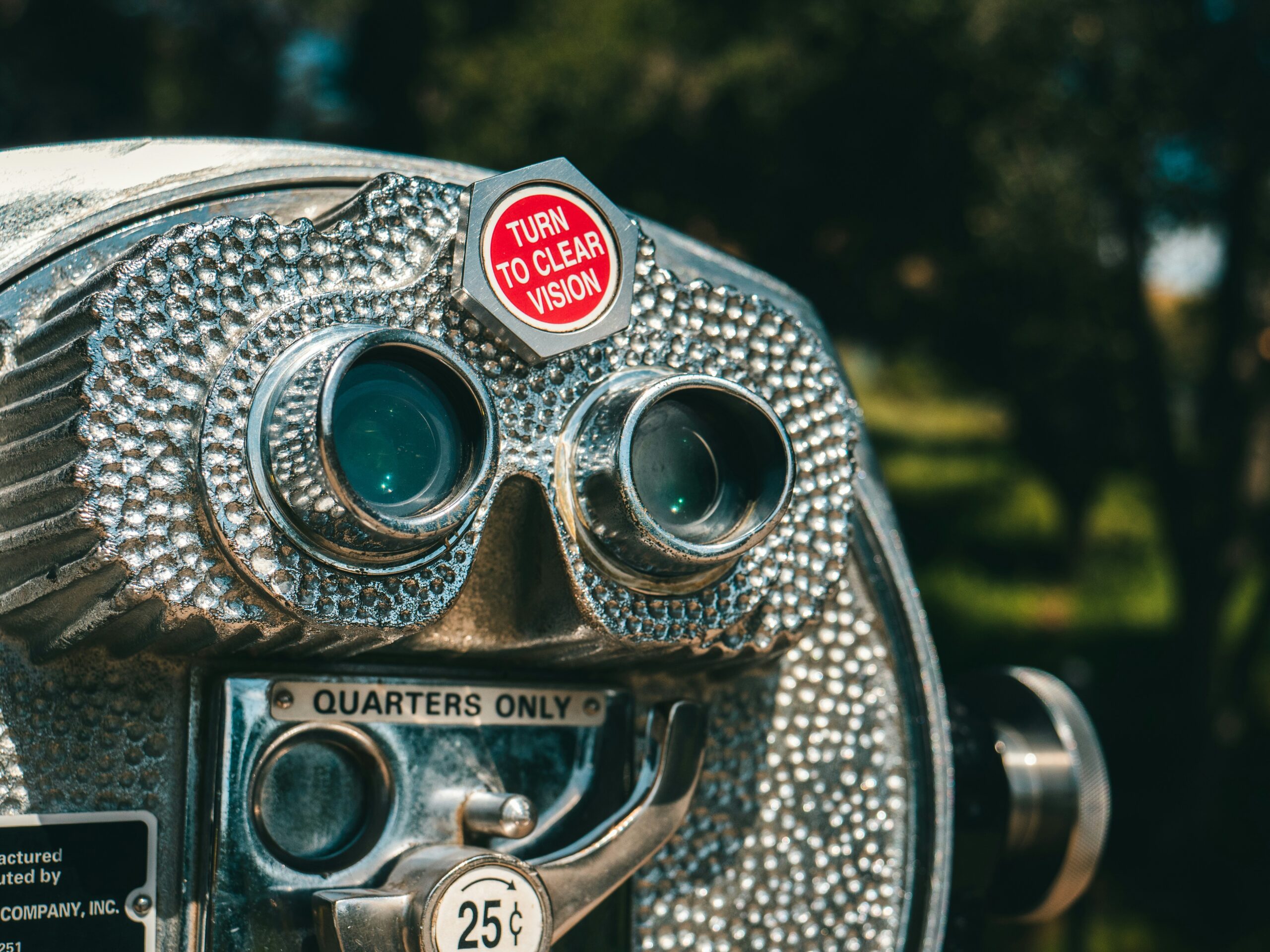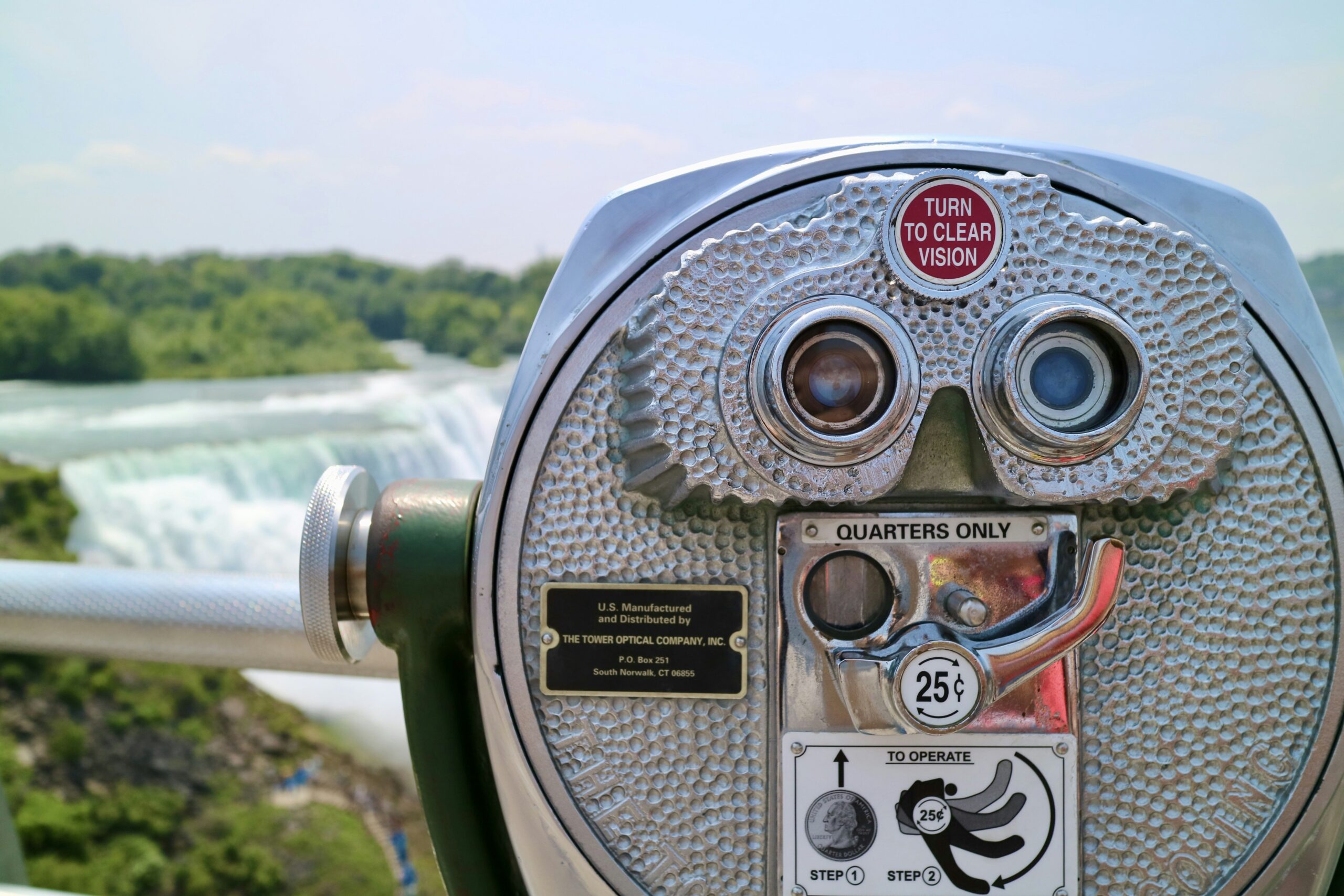So, you’re an avid birdwatcher looking to invest in a new pair of binoculars? Well, you’ve come to the right place! Today, we’ll be discussing the difference between two popular options: 8×42 and 10×42 binoculars for birding. Both models have their own strengths and weaknesses, and understanding these differences will help you make an informed decision that perfectly suits your birdwatching needs. So grab a cup of tea, sit back, and let’s explore the world of binoculars together!

Understanding Binocular Numbers
When shopping for binoculars, you may have noticed numbers associated with different models, such as 8×42 or 10×42. These numbers are important and provide valuable information about the binoculars’ specifications. In this article, we will explore the significance of these binocular numbers, with a specific focus on 8×42 and 10×42 binoculars as examples.
Magnification Power
One of the key aspects of binoculars is their magnification power. The first number in the binocular specification, such as 8x or 10x, represents the magnification factor. In simple terms, it indicates how much larger the view will appear through the binoculars compared to the naked eye.
For instance, in the case of 8×42 binoculars, the image you see will be eight times larger than what you would see with just your eyes. On the other hand, 10×42 binoculars offer even greater magnification, making the image ten times larger.
It is important to note that higher magnification is not necessarily always better. While it allows you to see the subject in more detail, it also has its drawbacks. The higher the magnification, the more sensitive the binoculars become to small movements, making it harder to keep the image stable. Additionally, higher magnification can narrow the field of view, which we will explore in the next section.
Field of View
The field of view in binoculars refers to the width of the area you can see through the lenses. It is typically measured in degrees and can affect how much of the surroundings you can observe. The field of view is influenced by the chosen magnification.
In the case of 8×42 binoculars, the wider field of view allows you to see a larger area at once compared to 10×42 binoculars. This can be advantageous when birding, as it enables you to spot birds more easily and track their movements across the sky. However, it is worth noting that higher magnification can provide greater detail and make it easier to identify specific bird species.
When considering the field of view, it is important to strike a balance between magnification and the width of the area you can observe. This will depend on personal preferences and the specific birding situation.
Brightness
Brightness is another important factor to consider when choosing binoculars, especially for birding enthusiasts. The brightness of the image you see through the binoculars is influenced by the aperture, which is represented by the second number in the binocular specification (e.g., 42 in both 8×42 and 10×42 binoculars).
A larger aperture allows more light to enter the binoculars, resulting in a brighter image. In the case of both 8×42 and 10×42 binoculars, they have the same aperture size of 42mm. Therefore, the brightness of the image is not significantly different between these two models.
However, it is important to mention that in low light conditions, such as at dawn or dusk, the larger exit pupil offered by 8×42 binoculars (5.25mm) compared to 10×42 binoculars (4.2mm) can provide a slightly brighter image. This slight advantage may be noticeable in certain situations and can be beneficial for birding during twilight hours.

Weight and Size
When it comes to birding expeditions, the weight and size of your binoculars can make a difference in your overall experience. A compact and lightweight pair of binoculars can be more convenient to carry around for extended periods and can prevent fatigue.
The factors that influence the weight and size of binoculars include the build materials, optical design, and the chosen specifications. In the case of 8×42 and 10×42 binoculars, both models have the same objective lens diameter of 42mm. Therefore, there is no significant difference in size between the two.
However, it is worth noting that higher magnification typically results in slightly larger and heavier binoculars due to the additional optical elements required to achieve that level of magnification. Therefore, 10×42 binoculars might be slightly bulkier and heavier compared to their 8×42 counterparts. Considering the weight and size is crucial, especially when embarking on long birding hikes or travels.
Stability
Image stability is an essential aspect of binoculars, as it determines how steady the image will appear while using them. The magnification power plays a significant role in the stability of the image. Higher magnification amplifies the slightest hand movements, making it challenging to keep the image steady.
In the case of 8×42 and 10×42 binoculars, the 8x magnification of the former provides better image stability compared to the 10x magnification of the latter. If you have shaky hands or frequently use binoculars without a tripod, the lower magnification of 8×42 binoculars might be more suitable for you.
However, it is important to note that individuals with steady hands and those who primarily use binoculars on a tripod may not face as many stability issues with 10×42 binoculars. Ultimately, your level of stability will determine which magnification is more suitable for your birding adventures.

Close Focus Distance
The close focus distance refers to the shortest distance at which binoculars can still provide a clear and focused image. It is an important specification to consider, particularly for birders who enjoy watching birds up close.
When comparing the close focus distance between 8×42 and 10×42 binoculars, it is likely to be similar, given that both models have the same objective lens diameter of 42mm. However, it is essential to check the specifications of specific brands and models, as there may be slight variations.
For birders who enjoy observing birds at close range or examining intricate details, a smaller close focus distance is advantageous. It allows them to fully appreciate the beauty of nearby birds or examine minute features during their birding expeditions.
Price Considerations
Price is often an important consideration when purchasing binoculars, as it can vary significantly depending on the brand, quality, and specifications. When comparing the prices of 8×42 and 10×42 binoculars, there may be differences due to various factors.
One of the contributing factors to the price difference is the complexity of the optics required to achieve higher magnification. Binoculars with greater magnification may require advanced optical technologies and precision manufacturing processes, increasing their production costs.
However, it is important to find a balance between your budget and your birding needs. Consider your level of experience, specific birding preferences, and how often you plan to use the binoculars. With careful consideration, it is possible to find a suitable pair of binoculars that meets both your budgetary constraints and birding requirements.
Environment and Usage
The environment in which you plan to use your binoculars can also influence the choice between 8×42 and 10×42 models. Different environments offer varying levels of light, bird activity, and distances at which you can spot birds.
In wide open spaces or areas with less cover, such as grasslands or wetlands, 10×42 binoculars may be more suitable. The higher magnification allows you to observe distant birds with greater detail, compensating for the potential loss of field of view.
On the other hand, if you plan to bird in dense forests or areas with abundant foliage, 8×42 binoculars might be more appropriate. The wider field of view provided by these binoculars allows for easier scanning of the surroundings and spotting birds among the trees.
Your usage scenario in terms of the birding style or specific bird species you intend to observe can also influence your binocular choice. Consider whether you prefer stationary birdwatching or if you engage in activities like birding hikes or bird photography. These factors can impact the best choice for your individual needs.
Overall User Experience
When it comes down to it, the specifications of a pair of binoculars are crucial but should be considered within the context of your overall user experience. While 8×42 and 10×42 binoculars differ in various aspects, it is important to strike a balance based on your personal birding preferences.
By relating the binocular specifications discussed in this article to your individual birding needs, you can make an informed decision. Consider factors like magnification power, field of view, brightness, weight and size, stability, close focus distance, price, environment, and usage scenario. By weighing these factors against each other, you can find the ideal binoculars that will enhance your birding adventures. Remember, the perfect pair of binoculars is the one that matches your unique preferences and allows you to fully immerse yourself in the beautiful world of birding.
